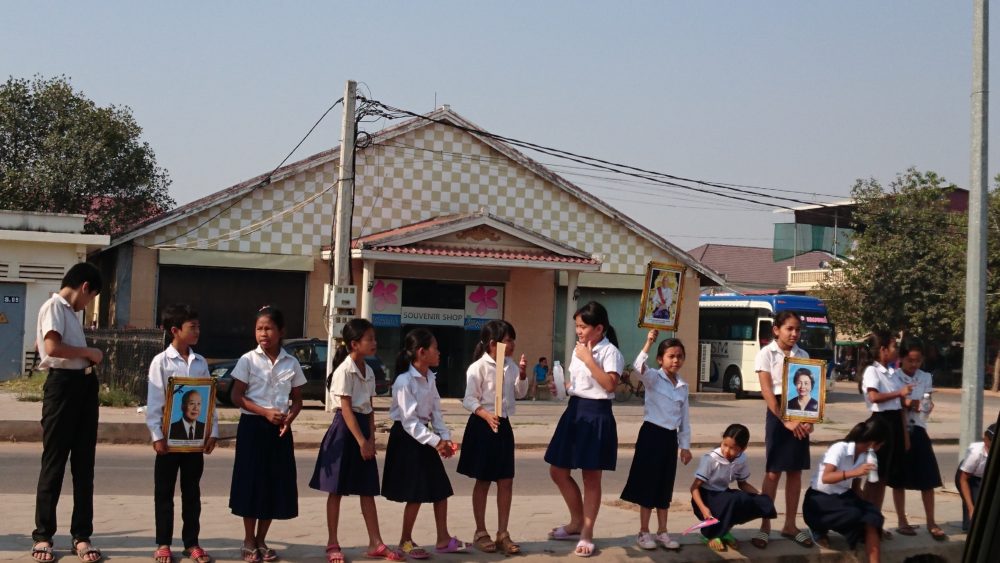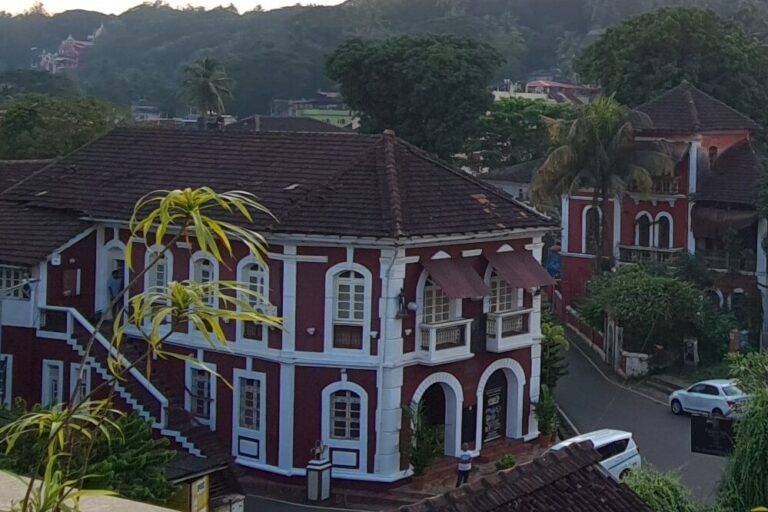By Neena Bhandari
Siem Reap/Battambang (Cambodia), 30.03.2017 (IDN) – The once conflict ridden, impoverished country of Cambodia has made significant strides towards stability and progress, but it is still facing several socio-economic development challenges.
In 2016, it became a lower middle-income country after recording an annual average economic growth of seven percent over the past decade. “The country’s economy has trebled and the number of people living in poverty has halved in the last 15 years. We have to set development issues in the context of those successes,” says Nick Beresford, United Nations Development Programme’s (UNDP) Cambodia Country Director.
The Gross National Income is now above US$1025 per capita per annum and the government has set a goal of reducing poverty by more than one percent annually. “The growth in Cambodia has been pro-poor and strongly inclusive, but as it moves towards an upper income status, it has to ensure that no one is excluded in the process. Many of the jobs that were created were essentially unskilled. We saw this migration from rural to urban, booming of the readymade goods sector and construction, and some improvement in agricultural wages that lifted people above the poverty line, but while people are crossing the national poverty line, they are often not moving far above it,” Beresford tells IDN.

According to UNDP’s 2016 multi-dimensional poverty index (MPI), 33 percent of the population accounted as poor, and 21 percent were just above the MPI line and they were vulnerable to slipping back into poverty.
“UNDP is working with the government in addressing the issue of vulnerability as 54 percent or nearly half the population still have some way to go to reach the security and resilience level of the middle class. Shocks, such as, global financial crisis that hit the garment sector or death or serious illness of the main bread winner could push a lot of people back into poverty,” says Beresford.
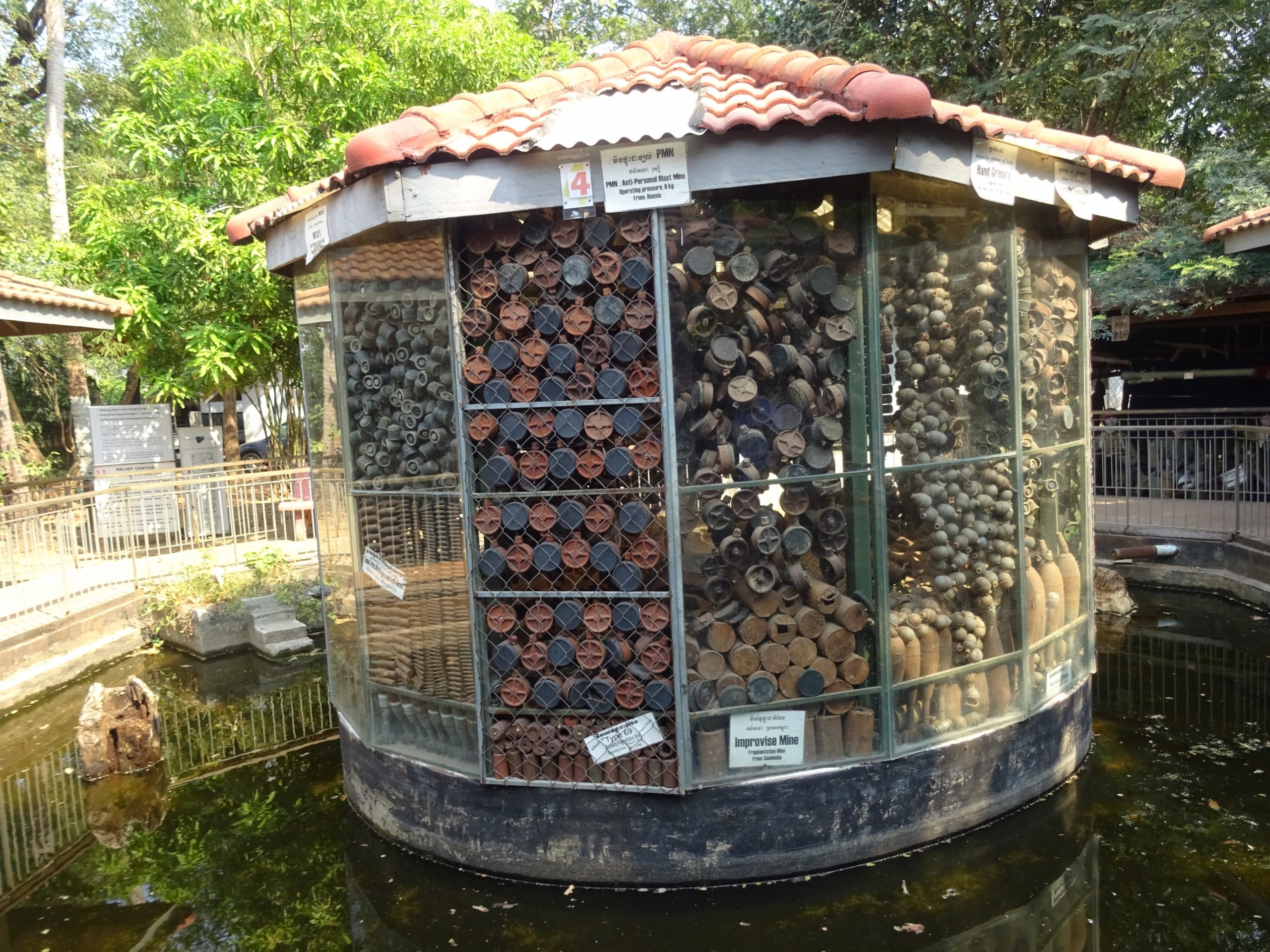
Last year, World Vision conducted a survey of over 12,000 citizens in nine provinces, including Siem Reap and Battambang, to identify which of the 17 Sustainable Development Goals (SDGs) Cambodians felt most important for prioritising in national policy and action plans over the next 15 years. The three top citizens’ priorities included SDG 1 on No Poverty (48.2%), SDG 16 on Peace and Justice (43.1%), and SDG 4 on Quality Education (42.6%).
The country achieved a 98 percent primary net enrolment rate in 2015 and it is close to achieving universal access to primary education. It has also strengthened gender parity with girls comprising 48 percent of primary students. But Beresford says, “There is need for more reforms and investment in education and skills. Cambodia has significantly increased the education budget this year and it is focusing on reforms such as improving the quality of schools and increasing the integrity of the exam system so the qualification is respected.”
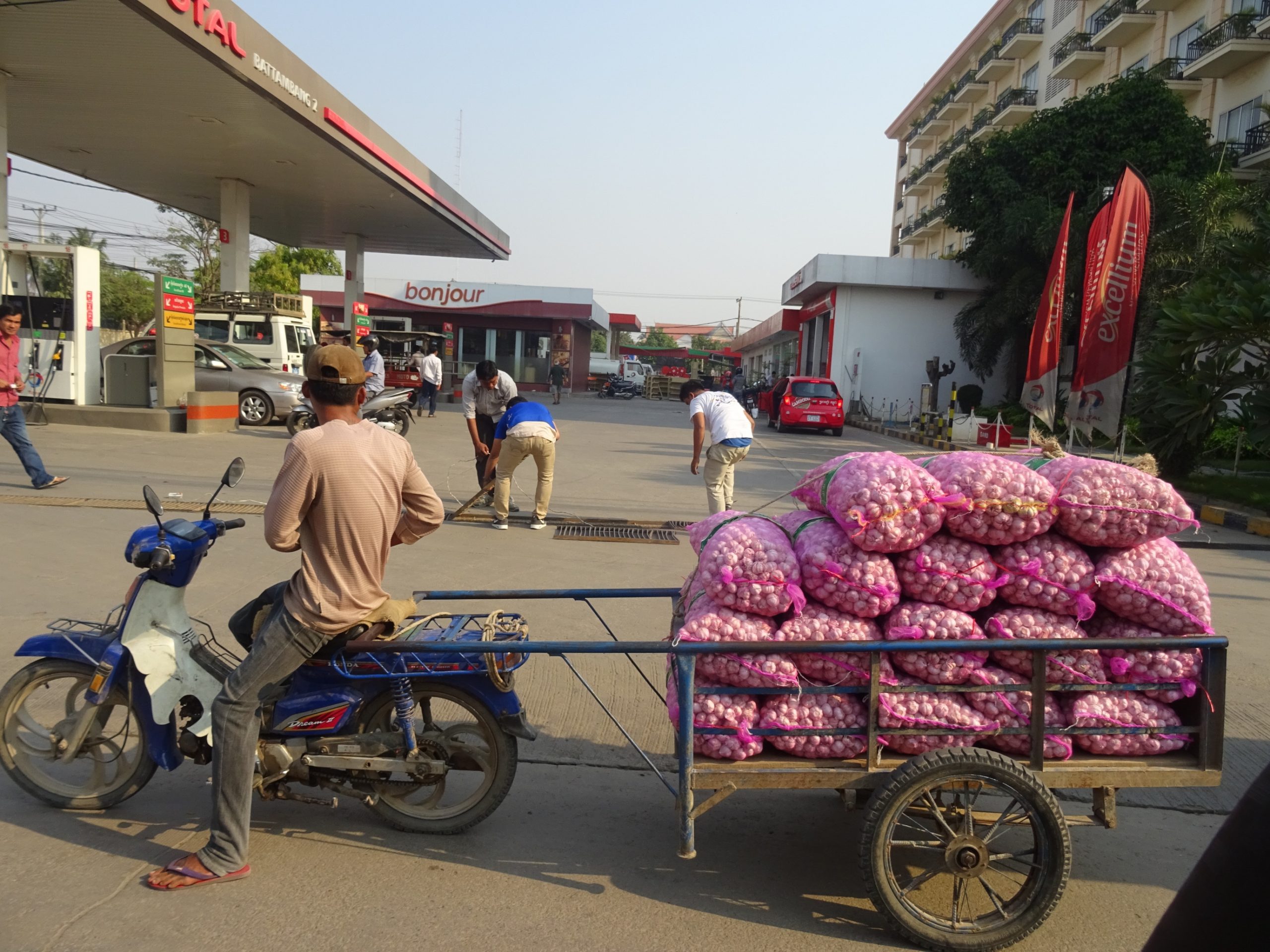
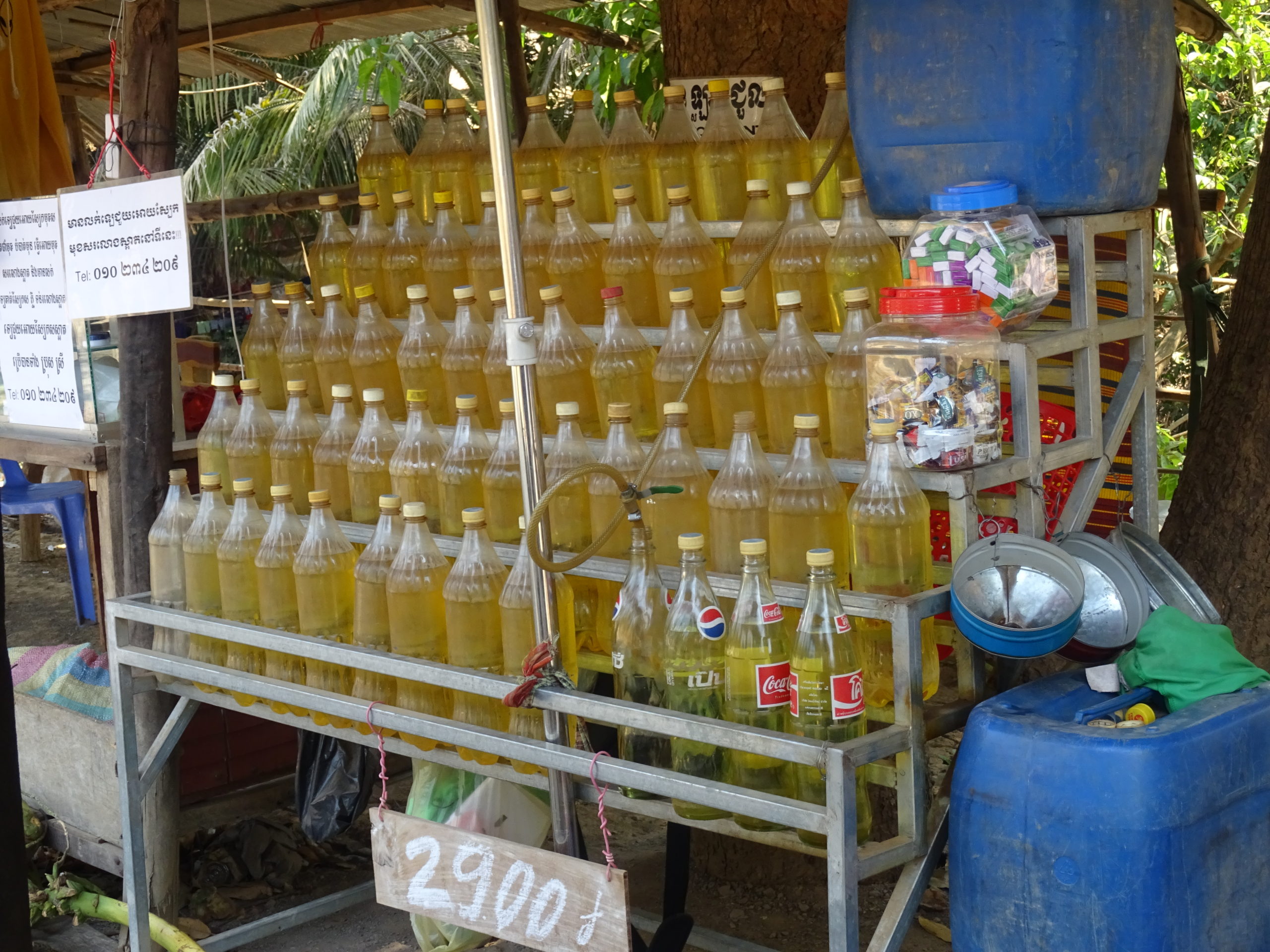
A UNICEF supported research found that over 50 per cent of children had experienced at least one form of violence before the age of 18, about a quarter of Cambodian children were emotionally abused, and around five percent had experienced some form of sexual abuse.
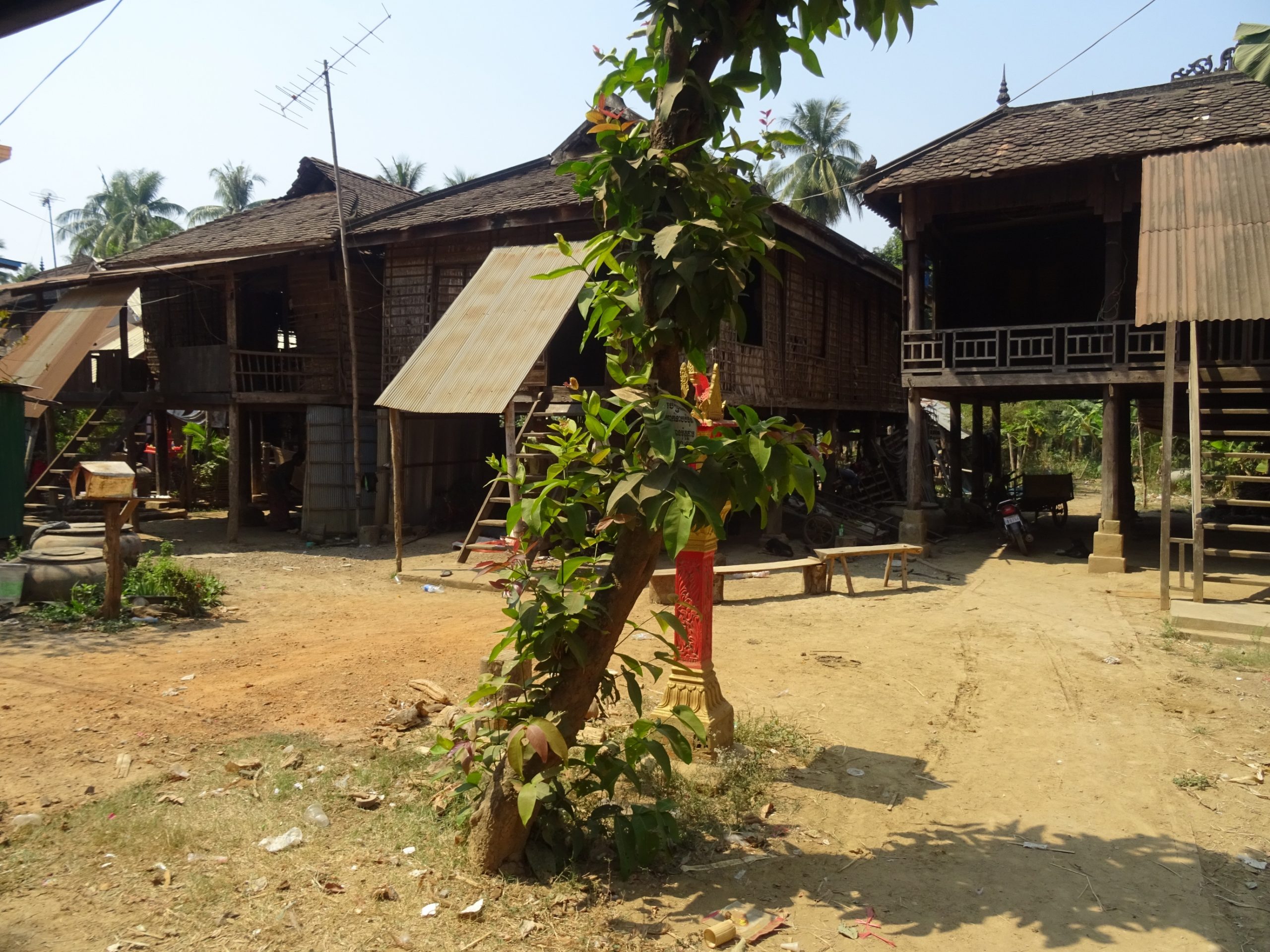
In January, World Vision launched a new project, `Ending Violence Against Children’ (2016-2020), which will directly benefit 15,000 children in six districts of Preah Vihear province. “We are implementing five major child protection projects to address prevention, protection and restoration of children, which contribute to the realization of the SDG 16.2 to end abuse, exploitation, trafficking and all forms of violence against and torture of children,” says the charity’s Senior Advocacy Officer for Policy in Cambodia, Khy Huy.
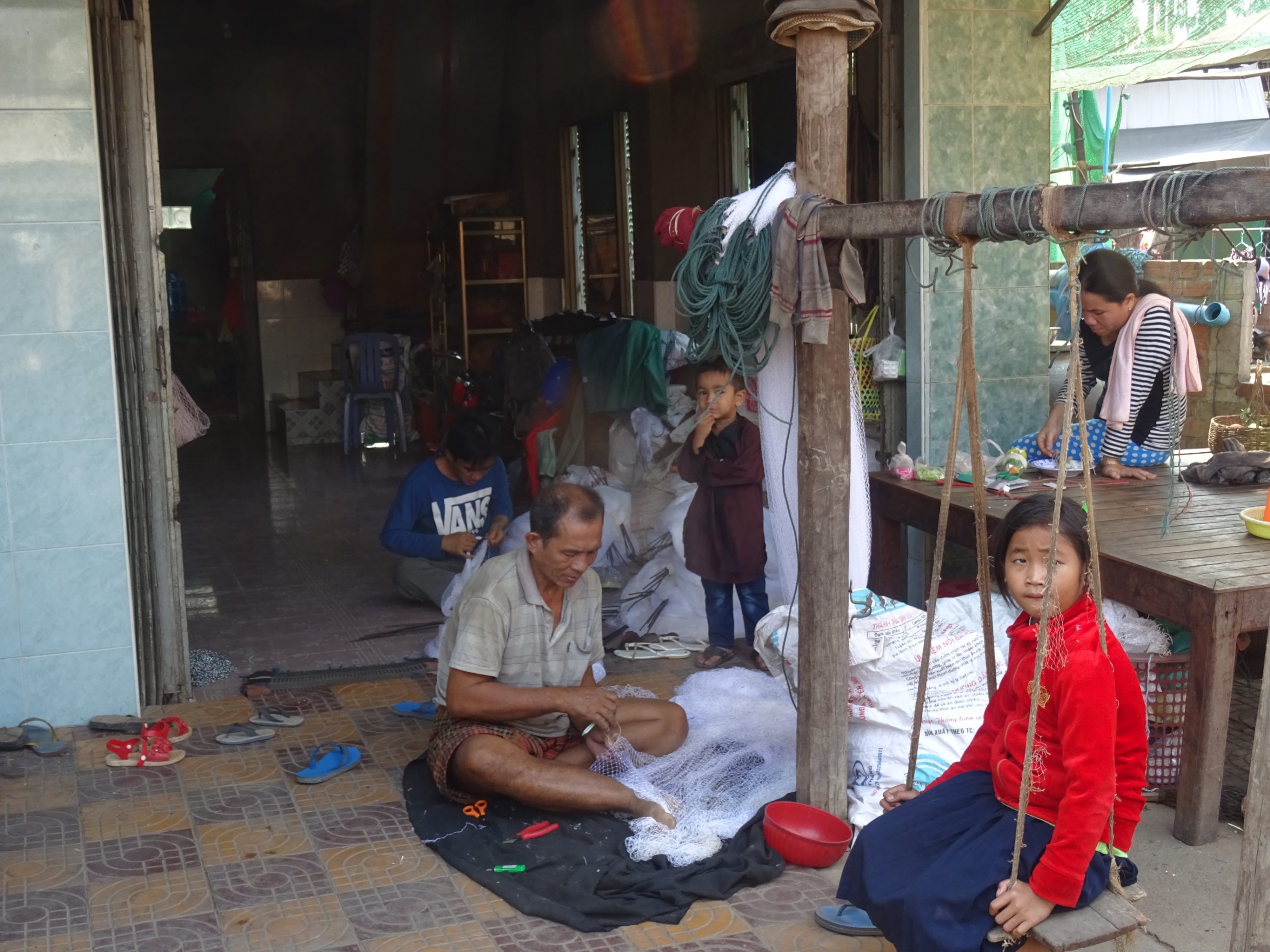
The central concept behind the UN SDGs has been this notion of “Leave no one behind”. Oxfam Cambodia conducted a study in October 2016 to better understand people “who were potentially left behind’” and faced legal, social and spatial exclusion. The report found strong evidence of marginalisation and discrmination in five groups – People living with disabilities; Lesbian, gay, bisexual, trans-gender, intersex (LGBT) people; Women facing exploitation, abuse and/or violence; Age discriminated vulnerable groups notably the young and elderly; and Indigenous groups and ethnic minorities. Gender and age were cross-cutting issues, for example, young women with disabilities faced additional barriers.
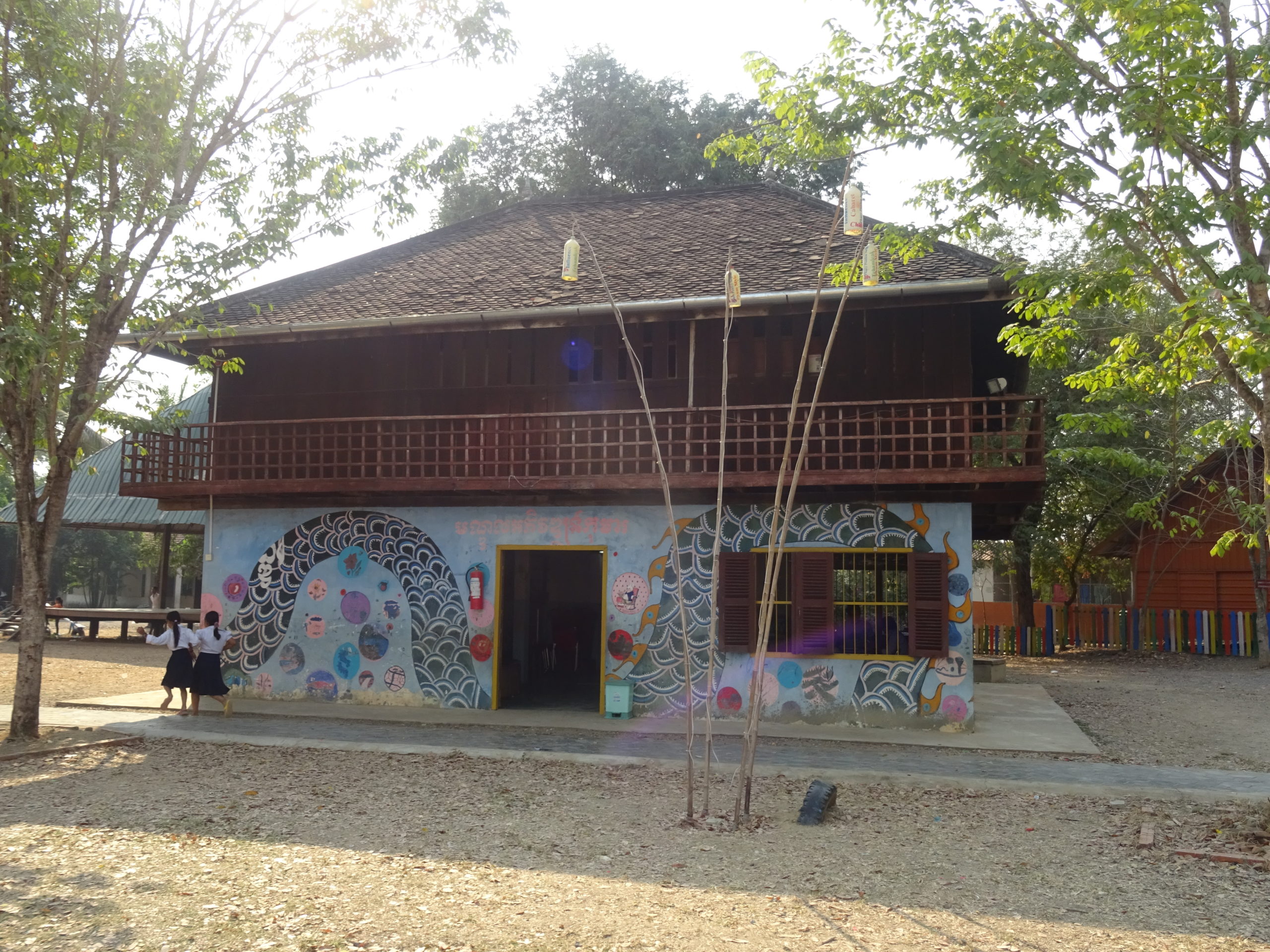
In the 2015 Gender Inequality Index, Cambodia ranks 112 out of 159 countries. Even in meeting health goals, the country has a long way to go as it faces a major challenge with the burden of disability resulting from decades of civil war. Ten percent of people are living with some form of disability. Development agencies are jointly working in programmes looking at rights, services and empowerment of disabled people in local associations.
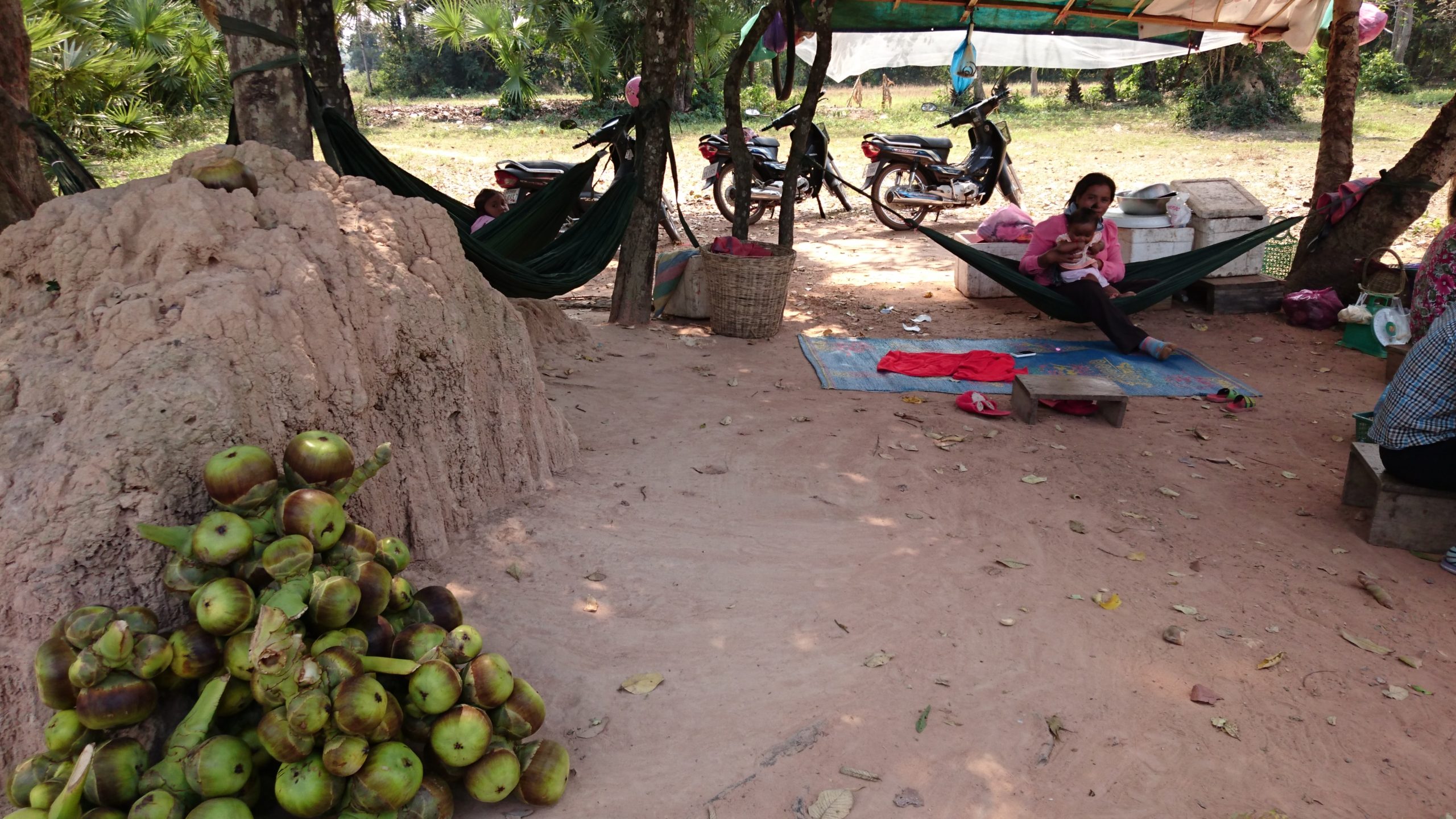
The Royal Government of Cambodia has made clearance of landmines by 2025 their 18th SDG. The government’s clearance policy has been focused on minimising injuries and death, and maximising productive land, particularly helping the cassava growers get back into their fields. In 2016, for the first time since records began after the civil war, the number of people killed by landmines in the country fell below 100. Cambodia has also been assisting countries, like Somalia and South Sudan, with demining.
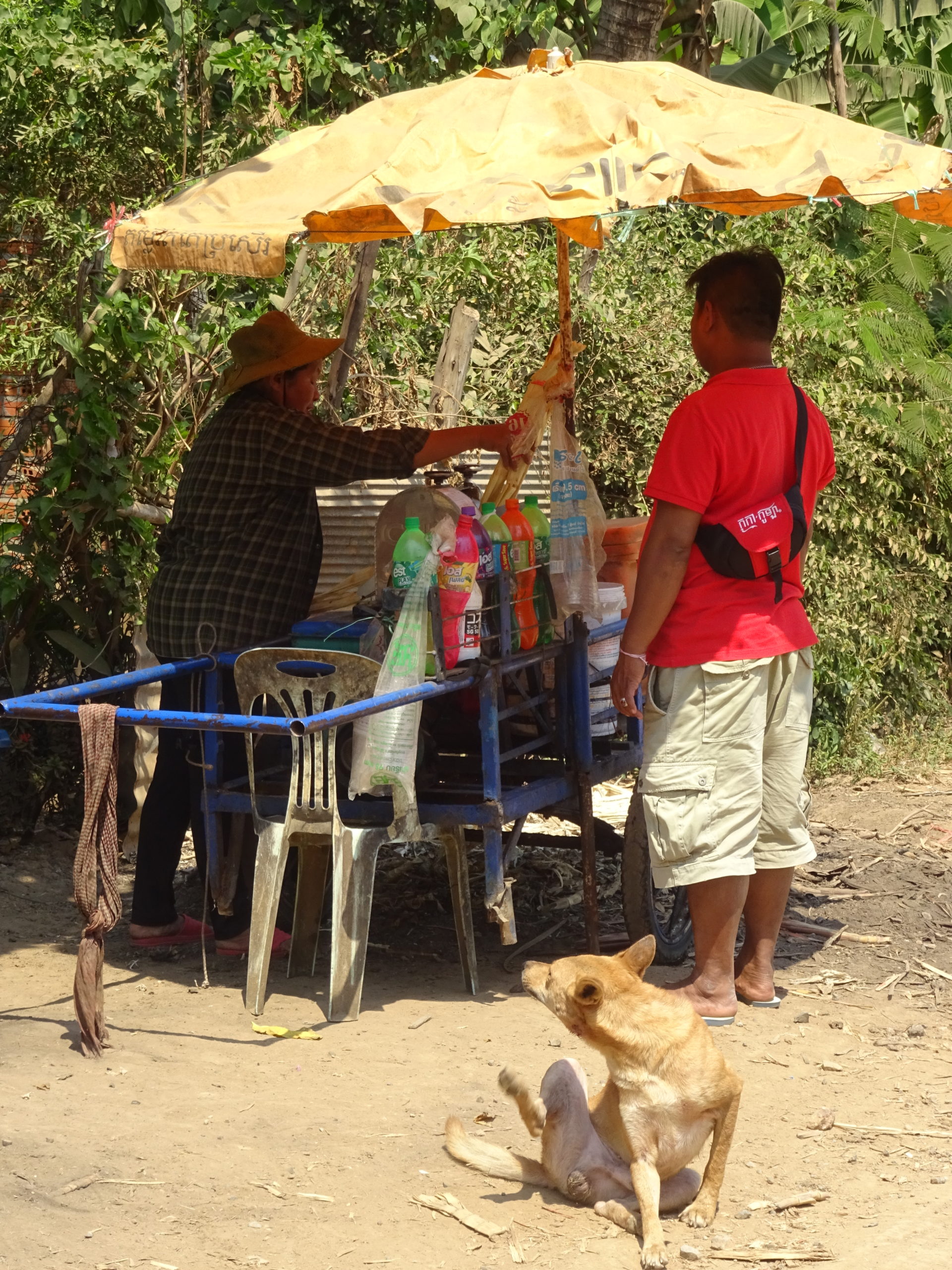
Cambodia is also one of the world’s most climate change vulnerable countries and it is facing a serious challenge with availability of water. Recent droughts, a phenomenon which is set to continue, have hit agricultural productivity. Beresford says, “The country needs investment in the agricultural economy, particularly in water table management, to adapt to climate change. UNDP and the Global Environment Fund are looking at preservation of water tables threatened by climate change, increasing populations and encroachment on forest areas in the Cardamom mountains.”
Large-scale deforestation is further aggravating the problem. Cambodia has seen a loss of eight per cent forest cover in the past five years. “The root cause of deforestation is poverty, economic issues, value of timber, and problems enforcing the rule of law, which together make it very difficult for forest protection systems to work,” Beresford tells IDN.
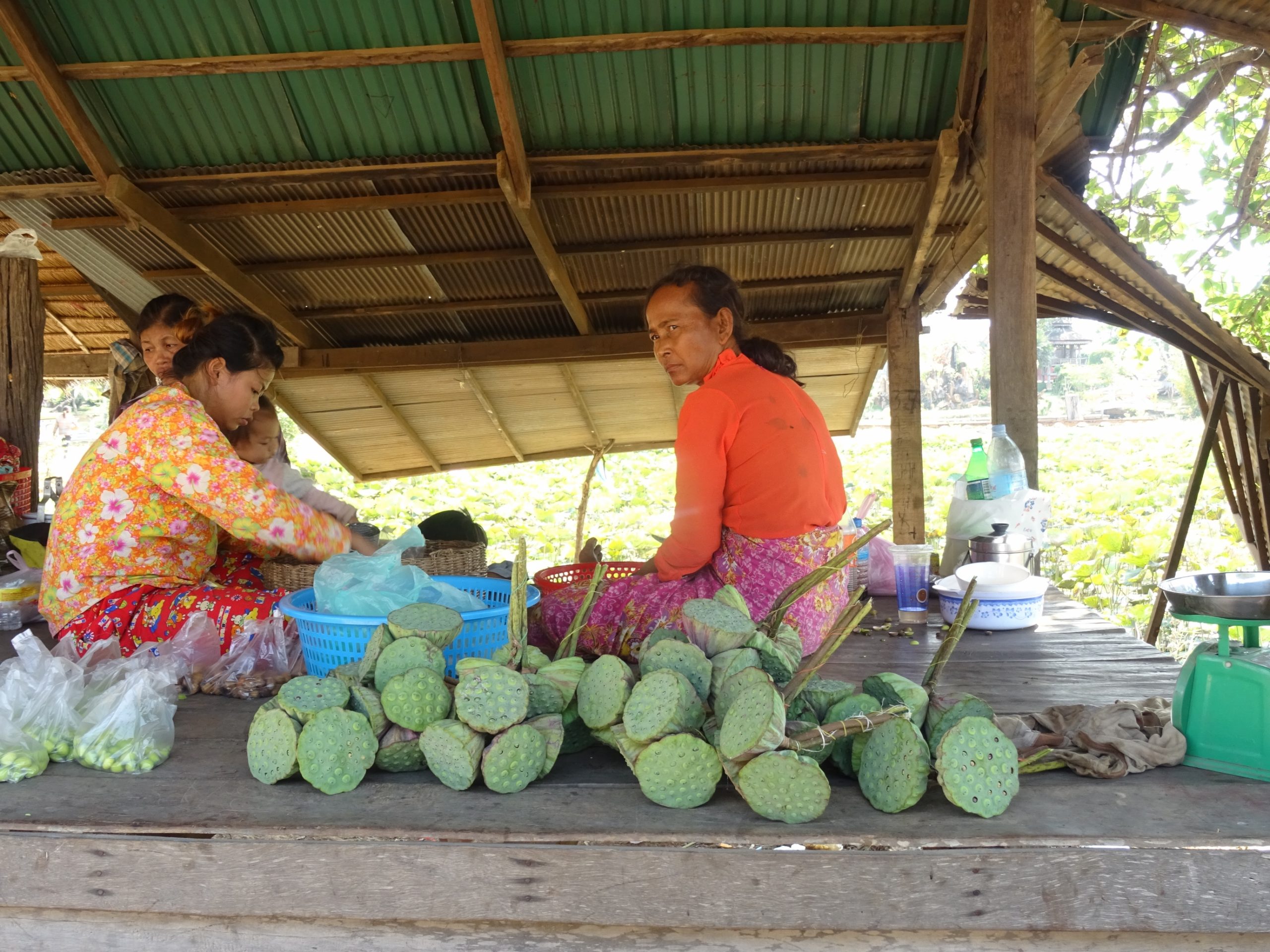
UNDP is working with UN REDD on a pilot project looking at sustainable forest management with the community in Persat province. “We have got the titling done, so the community now owns the land. We are trying to find ways of manufacturing charcoal that is not so destructive to the environment. We have invested in some kilns using a Japanese model. It has greatly reduced the amount of wood that is consumed, besides producing a higher quality charcoal. As the community needed to work together for income generation from charcoal, they ended up with better forest monitoring.”
Cambodia also faces risk of slow-onset disasters, which makes investment in preparedness essential. Oxfam Country Director for Cambodia, Solinn Lim says, “Disaster Risk Reduction is crucial for development because it is cost effective and sustainable. Preparing local communities to respond and adapt to the impacts of climate change and other disasters is the best way to build their resilience and manage the impacts of floods and droughts. We need to think of preparedness as prevention in order to ensure the sustainability and resilience of communities.”
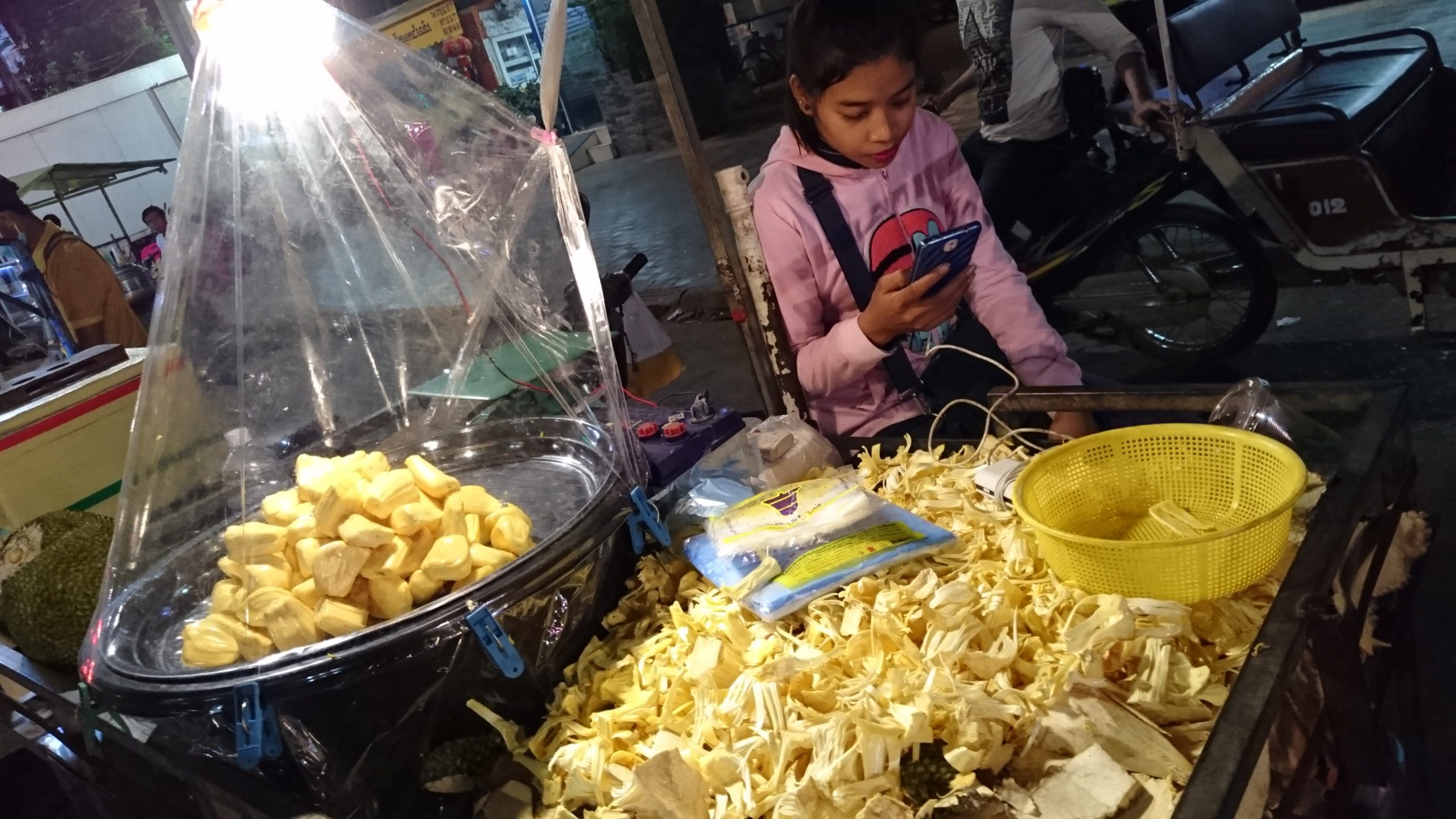
UNDP’s 2016 Human Development Index (HDI) showed Cambodians’ health, education and economic income figures were growing faster than any other country in the Asia-Pacific and the country had the seventh fastest growing HDI in the world.
The national government budget for 2017 is US$5 billion. The economy is growing at 7.1 per cent per annum and the collection of taxes (sales tax, import duties etc.), be it from a low base, is rapidly increasing. Economic growth has been founded on the garment, agriculture (rice), tourism and construction sectors, and on the strength of a young population.
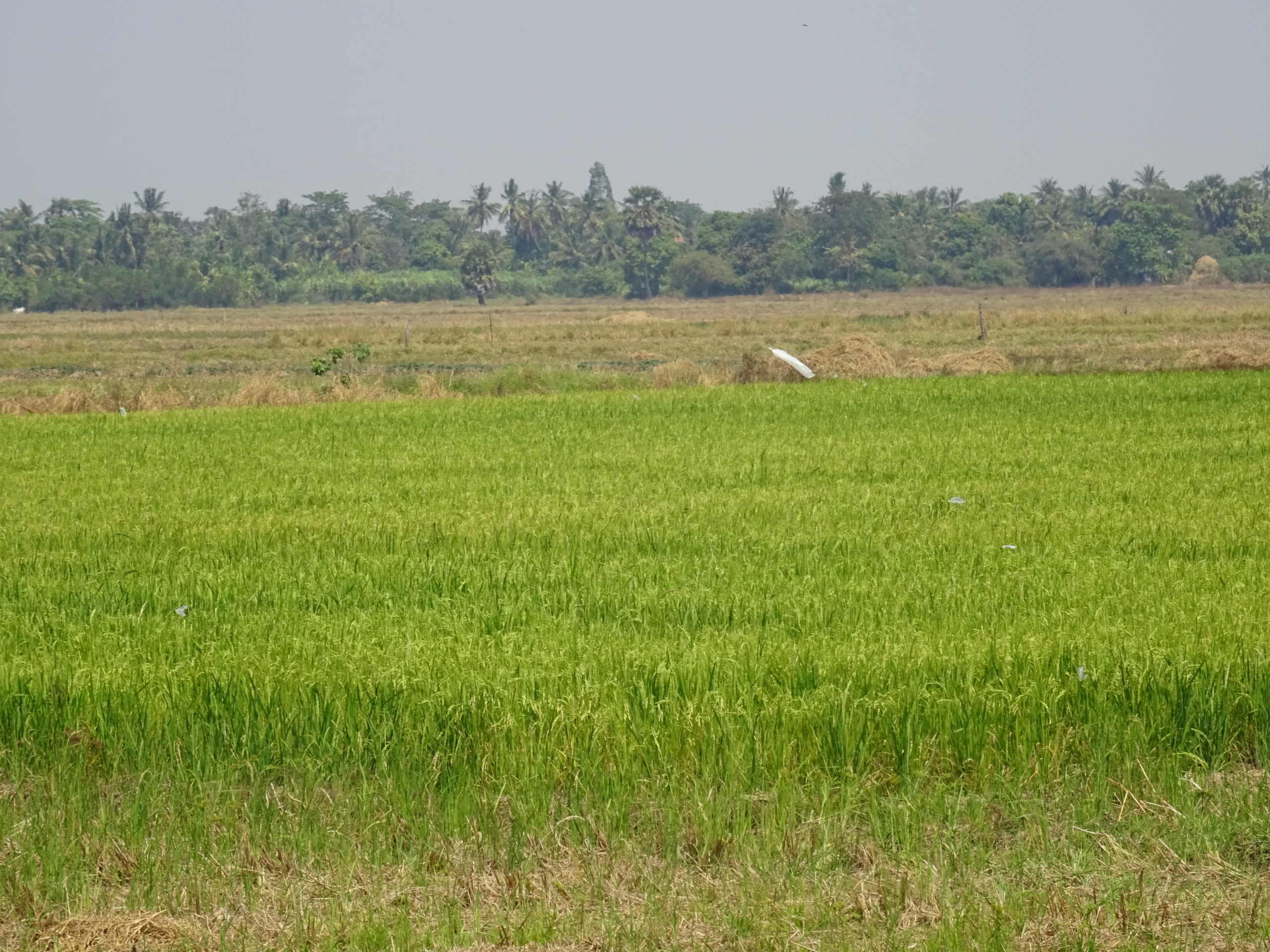
So is Cambodia well placed to achieve the SDGs by 2030, Beresford says, “If we make the right policy choices and harness this tremendous youth force (65 per cent below 30 years of age) by making them inclusive and productive through education and employment opportunities, there is no reason why we can’t achieve the SDGs.”
© Copyright Neena Bhandari. All rights reserved. Republication, copying or using information from neenabhandari.com content is expressly prohibited without the permission of the writer and the media outlet syndicating or publishing the article.

